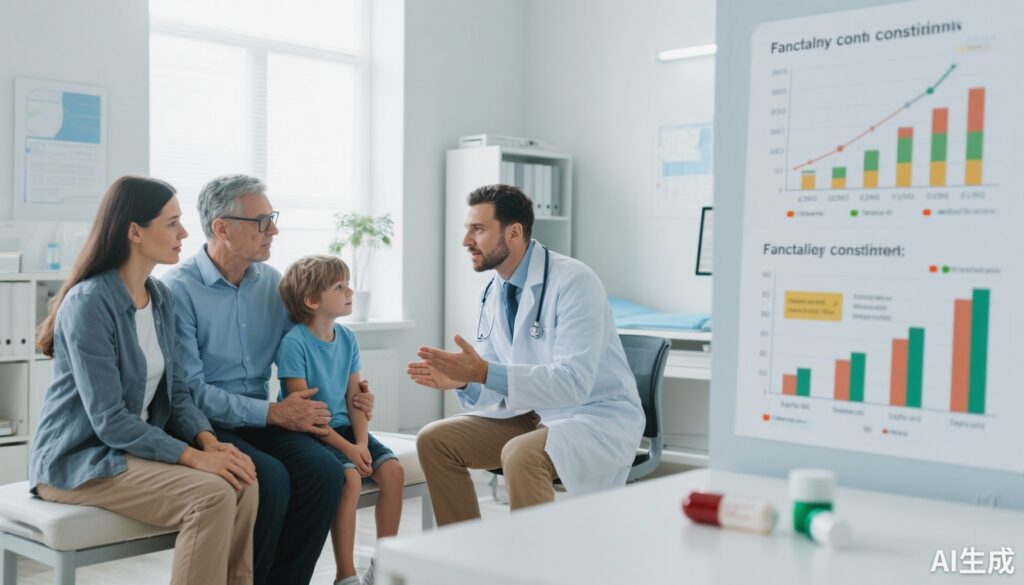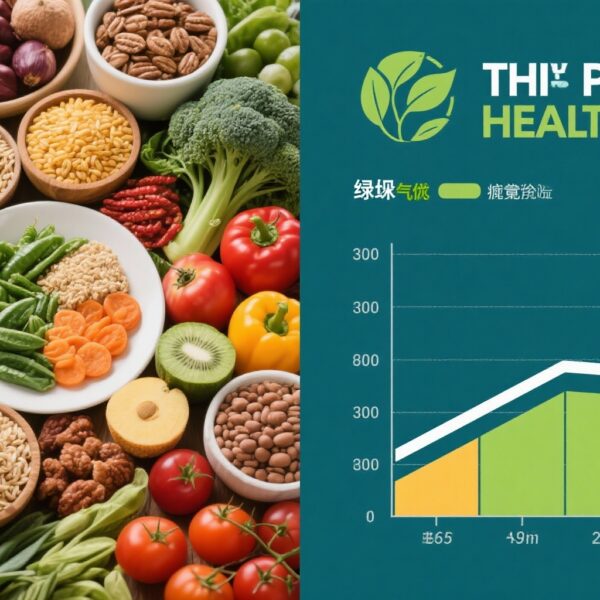Highlight
- Polyethylene glycol (PEG) is probably more effective than placebo and lactulose for treating functional constipation in children, supported by moderate to low certainty evidence.
- Linaclotide might not significantly improve treatment success but probably increases weekly defecation frequency.
- Prucalopride appears not to offer clear benefits over placebo in pediatric populations.
- Safety profiles of evaluated pharmacological agents are generally acceptable, with low withdrawal rates due to adverse events.
Study Background
Functional constipation is a prevalent and often chronic pediatric gastrointestinal disorder characterized by infrequent bowel movements, hard stools, and difficulty in defecation without identifiable organic causes. It can substantially impair quality of life for affected children and their families and poses a significant burden on healthcare resources. Despite multiple therapeutic options available, evidence-based guidance on the most effective and safe pharmacological treatments remains limited, complicated by heterogeneous study designs and outcomes.
The last decade has seen an increase in clinical trials targeting pediatric functional constipation, reflecting both the clinical imperative and therapeutic innovation. However, discrepancies in trial methodologies, inconsistent definitions of treatment success, and varied follow-up durations have complicated the synthesis of evidence. This systematic review and meta-analysis aims to provide an up-to-date, robust summary of the efficacy and safety of pharmacotherapy options for functional constipation in children, thereby guiding clinicians in optimizing treatment strategies.
Study Design
This comprehensive review included randomized controlled trials (RCTs) identified through database searches of PubMed, Medline, Embase, and the Cochrane library, spanning from study inception to February 5, 2025. Eligibility criteria encompassed trials evaluating pharmacological interventions in children aged 0 to under 18 years diagnosed with functional constipation, defined according to each study’s criteria. Comparators included placebo, no treatment, or alternative pharmacological agents. Studies focusing solely on faecal disimpaction or involving organic causes or prior bowel surgery were excluded.
Data extraction and risk of bias assessment followed standardized procedures with paired authors independently performing these tasks. Outcomes examined included treatment success (as per study definitions), defecation frequency, and rates of withdrawal due to adverse events. The GRADE approach was utilized to rate certainty of evidence.
Key Findings
From 4595 identified articles, 59 RCTs encompassing 7045 pediatric patients met inclusion criteria. Pharmacological agents evaluated spanned polyethylene glycol (PEG, 36 studies), lactulose (18), magnesium compounds (7), picosulfate (1), liquid paraffin (4), prucalopride (1), lubiprostone (2), linaclotide (3), plecanatide (1), enemas (2), and domperidone (1).
Treatment Success: Meta-analysis demonstrated that PEG was probably more effective than placebo for achieving treatment success with a relative risk (RR) of 1.74 (95% CI 1.25–2.41), supported by moderate-certainty evidence. Additionally, PEG may be more effective than lactulose (RR 1.35, 95% CI 1.11–1.64), although this was supported by low-certainty evidence. In contrast, linaclotide did not show a statistically significant difference compared with placebo on treatment success (RR 1.21, 95% CI 0.69–2.13), with low-certainty evidence.
Defecation Frequency: Linaclotide probably increases defecation frequency per week by an average of 1.10 bowel movements (95% CI 0.40–1.80), with moderate certainty. The evidence for PEG and other agents on defecation frequency was more variable and generally supported PEG’s efficacy indirectly through treatment success metrics.
Prucalopride showed no conclusive benefit over placebo for treatment success (RR 1.68, 95% CI 0.77–3.68), with low to moderate certainty of evidence, suggesting limited efficacy in pediatric cases.
Safety: Withdrawals due to adverse events were relatively low across interventions. No significant safety concerns emerged from the data, supporting favorable tolerability profiles of these commonly used agents.
Expert Commentary
This systematic review consolidates a substantial body of pediatric functional constipation literature, positioning PEG as a first-line pharmacologic therapy based on efficacy and tolerability. The superiority of PEG over lactulose aligns with prior smaller meta-analyses and clinical practice guidelines, reinforcing its role in standard care. The limited evidence for newer agents such as linaclotide and prucalopride suggests their use remains investigational or adjunctive pending larger trials.
Limitations include heterogeneity in trial definitions and outcomes, which may impact the generalizability of conclusions. The varying durations of follow-up, ranging from as short as two weeks to longer-term maintenance, also necessitate cautious interpretation, particularly regarding sustained efficacy. Future research should aim for standardized outcome measures, comprehensive reporting on patient characteristics, and direct head-to-head comparisons with PEG as the index treatment.
Biologically, PEG acts as an osmotic laxative facilitating stool softening and bowel transit, which may account for its consistent efficacy across diverse pediatric subpopulations. In contrast, the lesser effect observed with other pharmacological classes may reflect distinct mechanisms or dosing challenges in children.
Conclusion
This updated systematic review and meta-analysis supports polyethylene glycol as the preferred first-line pharmacological treatment for functional constipation in children, given its greater efficacy compared with placebo and lactulose and an acceptable safety profile. Clinicians should consider PEG as the foundational agent while individualizing therapy based on patient response and tolerance. Research gaps remain for emerging therapies, and future trials should ensure rigorous methodology and comparative designs centered on PEG to guide evidence-based clinical decision-making.
Funding and ClinicalTrials.gov
No funding was received for this systematic review and meta-analysis. The study was prospectively registered with PROSPERO (CRD42022368719).


